A new study indicates that a new “Ring of Fire” could form thanks to a sleeping subduction zone located below the Gibraltar Strait. In the next 20 million years, this slumbering subduction zone could end up breaking into the Atlantic Ocean.
If this occurs, then a new Ring of Fire would be created in the Atlantic, causing many earthquakes and volcanoes.
The Gibraltar Arc
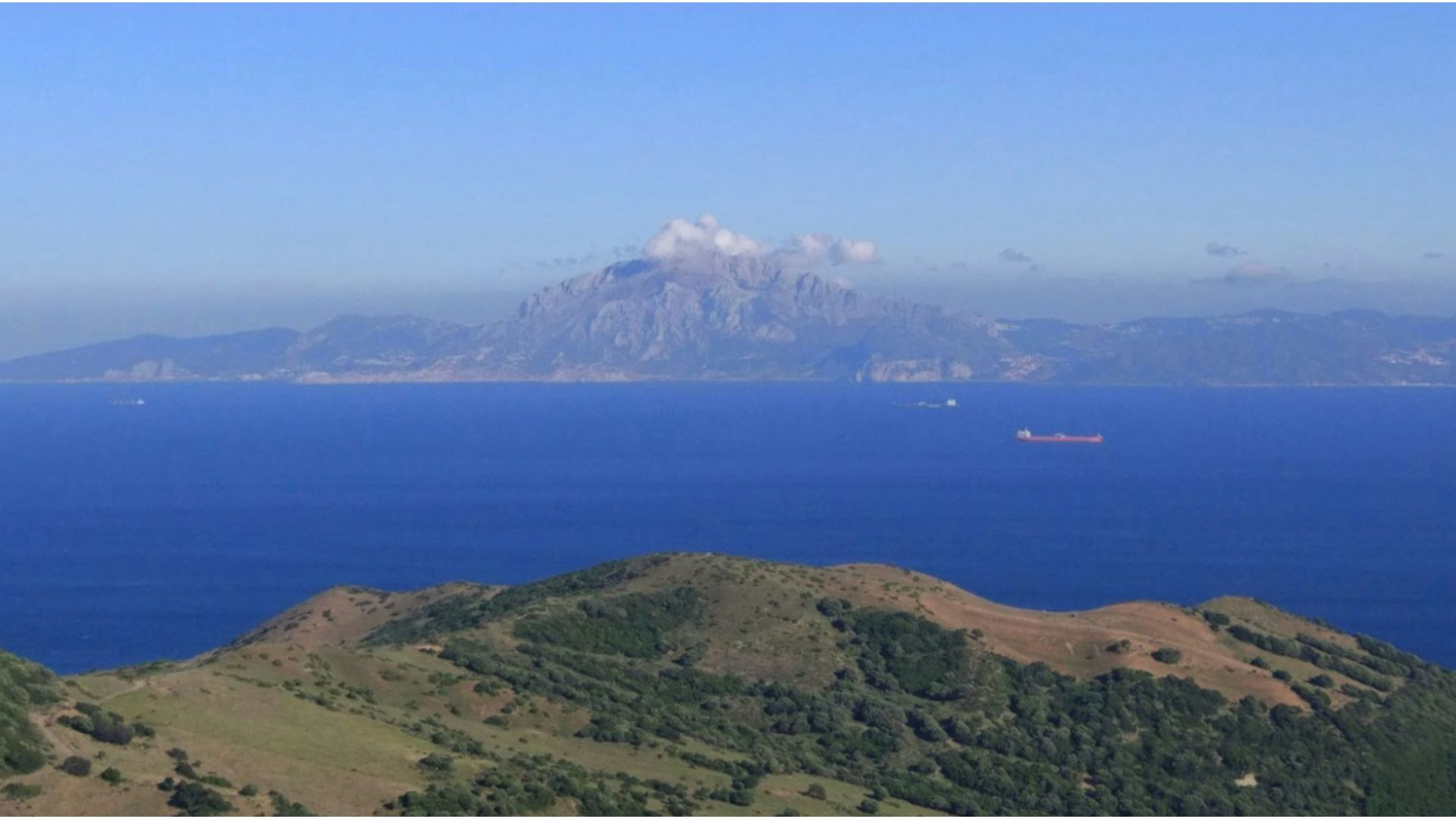
A new study published in Geology suggests that the Gibraltar Arc, a subduction zone below the Gibraltar Strait, is slowly creeping westward. Eventually, this movement could end up causing it to swallow or invade the Atlantic Ocean.
This invasion could ultimately lead to the ocean slowly closing up. This process, which sees a subduction zone swallow up an ocean, is known as “subduction invasion.”
A Look at the Gibraltar Strait

This specific subduction zone is often called the Gibraltar arc or trench. It is located between Morocco and Portugal in a confined ocean corridor, below the Gibraltar Strait. However, this zone is migrating.
This migration to the West began about 30 million years ago. Researchers believe this shift in movement began when a subduction zone first formed along the northern part of the Mediterranean Sea.
Differing Opinions on the Gibraltar Arc
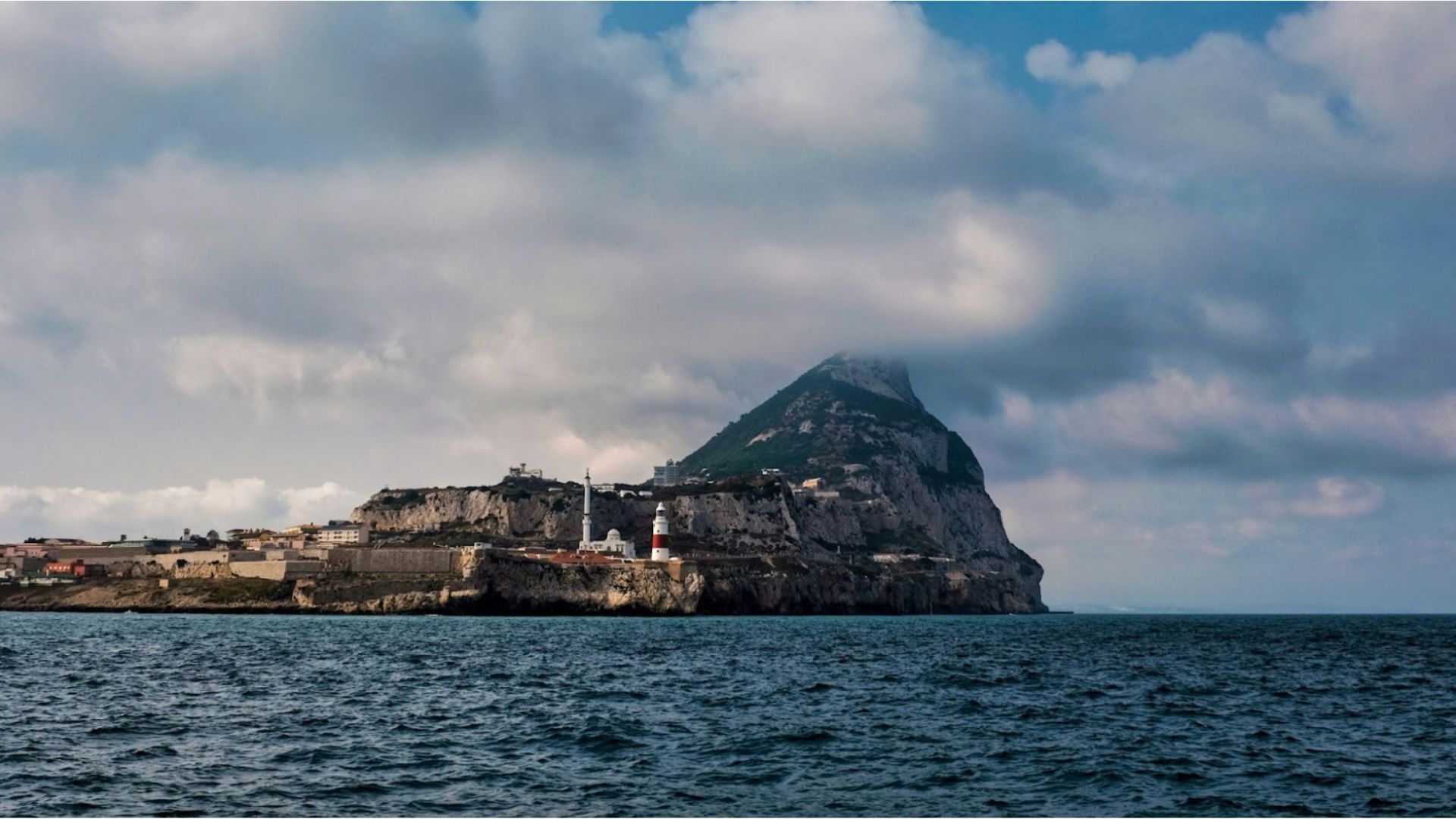
However, some scientists have differing opinions on what’s currently happening with the Gibraltar arc. In the last five million years or so, it appears that activity within the Gibraltar arc has stalled.
This has led some researchers to wonder whether the arc is even active. This new study explains why the arc hasn’t shown any activity recently.
A Sleeping Subduction Zone

According to this recent study, the subduction zone underneath the Gibraltar Strait is currently in a sleeping mode. This slumbering Gibraltar arc could be in this state for the next 20 million years.
Once this period ends, the arc could begin its westward expansion again — and ultimately invade the Atlantic Ocean.
Creating a Simulation

Researchers attached to this study first decided to see whether the Gibraltar arc was still even active, as so many scientists questioned it. This resulted in lead author João Duarte and his fellow colleagues building a new computer model to work with.
This model was created to simulate the birth of this subduction zone, about 34 million to 23 million years ago. The model would then show the arc’s evolutionary process and end with its state in the present day.
New Modeling Technologies

The simulation modeling that the team used is full of advanced technologies that weren’t readily available to researchers just a few years ago. As a result of this new technology, the study’s team was able to bring about results scientists haven’t seen.
“We can now simulate the formation of the Gibraltar arc with great detail and also how it may evolve in the deep future,” Duarte explained.
A Change Five Million Years Ago
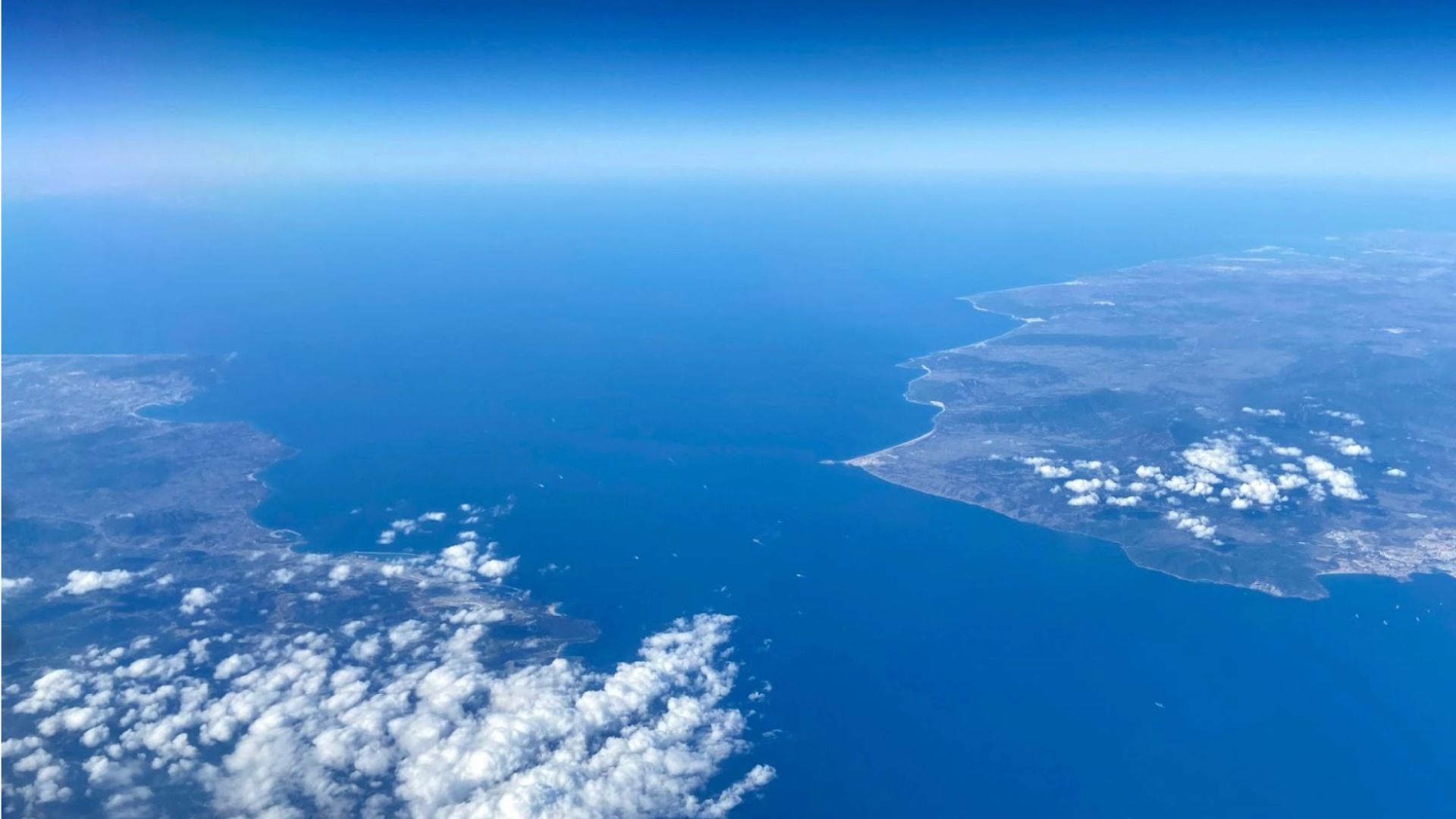
By using this new computer model, the study’s researchers discovered that the arc’s speed experienced a sudden and huge decline about five million years ago. This occurred as the arc was moving towards the Atlantic Ocean’s boundary.
At first, scientists thought that this would result in the arc failing. But this didn’t happen. Instead, the team saw that the arc would continue to push its way slowly through the Gibraltar Strait in the next 20 million years.
An Atlantic Ocean Invasion

If this does end up happening, then the arc would invade the Atlantic Ocean. This invasion would result in the formation of an Atlantic subduction system remarkably similar to the subduction zones seen in the Pacific Ocean.
This invasion would also result in subduction on both sides of the Atlantic recycling its oceanic crust into its mantle, which would eventually lead to the ocean being closed up.
A New Ring of Fire
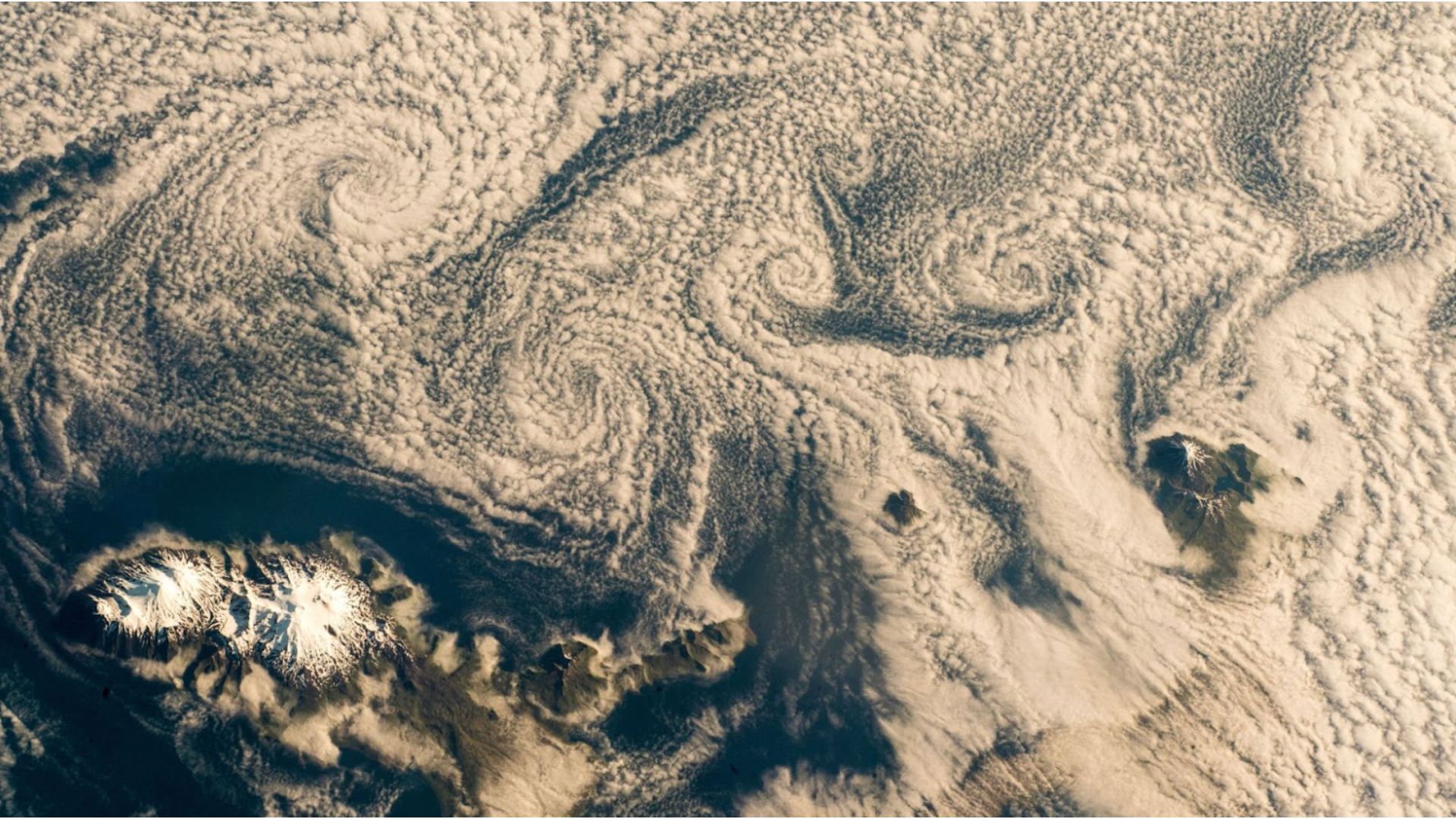
A Gibraltar arc invasion of the Atlantic Ocean could, therefore, also create a new Ring of Fire. In the Pacific Ocean, various subduction zones have created a Ring of Fire.
This Ring of Fire, which is also called the Circum-Pacific Belt, has many active volcanoes and earthquakes throughout its path. In fact, most of the earthquakes and volcano eruptions that Earth experiences take place along this ring.
An Increase in Tectonic Movement
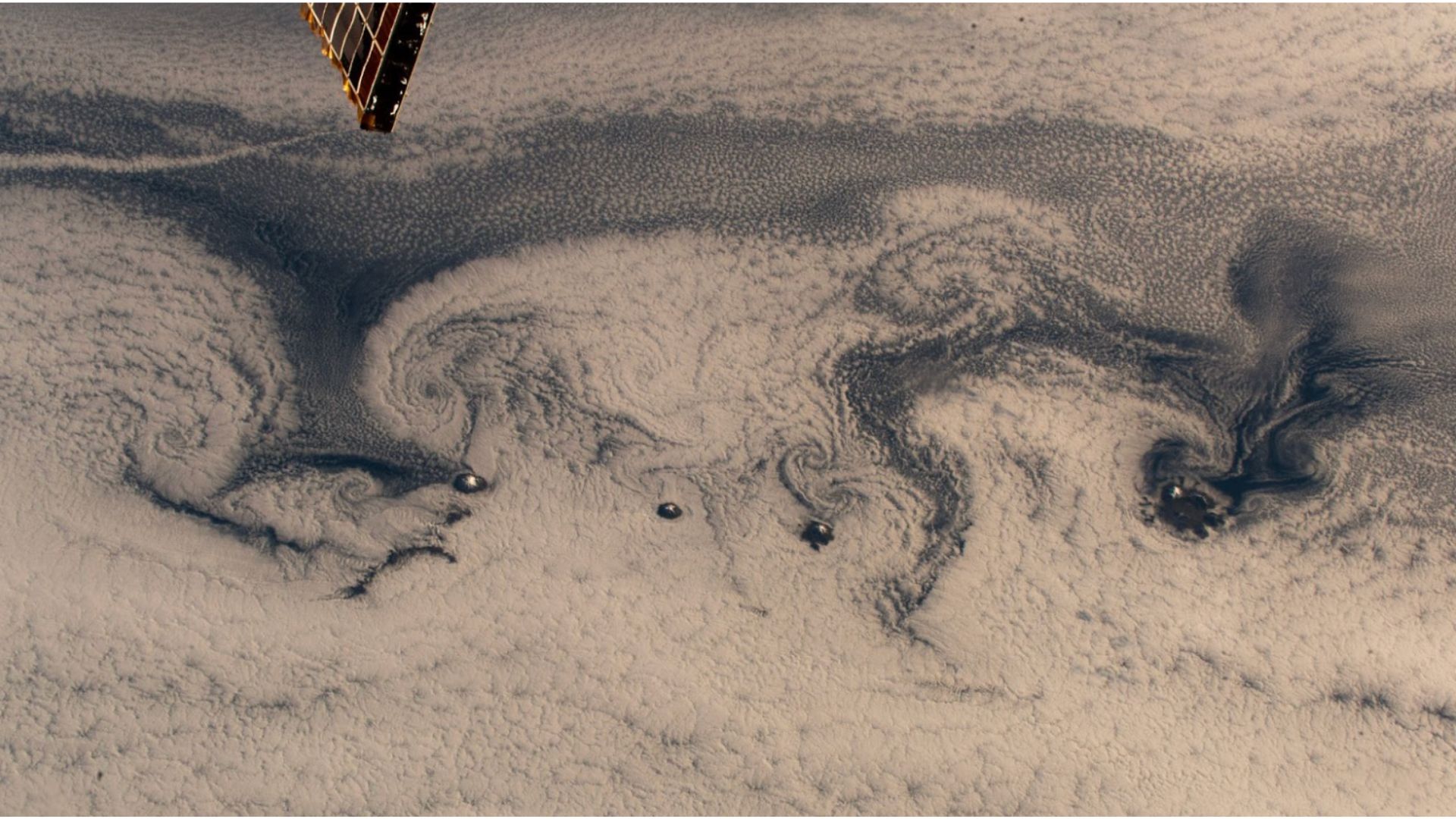
Therefore, in the next five million years, the Gibraltar arc may finally show some tectonic movement that would result in many volcanoes and earthquakes along its path. However, so far, the arc hasn’t shown any major tectonic movement.
This lack of activity is why so many scientists thought it was no longer active. However, this study suggests that the subduction zone is simply going through a period of stalled movement. It is still active.
Big Earthquakes in the Gibraltar Strait

The last time this region saw a huge earthquake was 1755, which saw the Great Lisbon Earthquake of an 8.5 to 9.0 magnitude. There have been some smaller earthquakes since then, but nothing severe. Researchers state this is because of its slow movement over time. As a result, another large earthquake in the near future is highly unlikely.
“If the movement along the subduction interface were small, the accumulation of the seismic strain would be slow and may take hundreds of years to accumulate,” they wrote. “This agrees with the long recurrence period estimated for big earthquakes in the region.”
